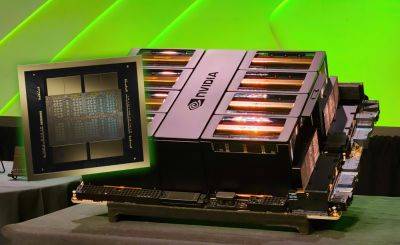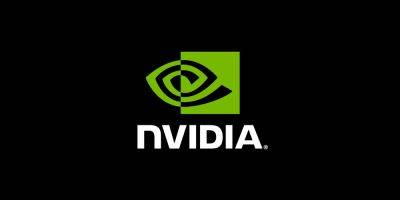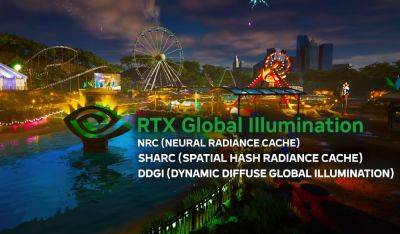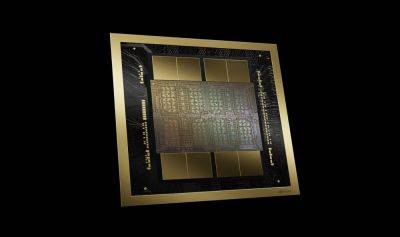First Gen NVIDIA & AMD GPUs Could Use 16 Gb Dies
Upcoming NVIDIA and AMD GPUs with GDDR7 memory could have 16 GB dies or greater, according to a reputable PC tech insider. If the specifications are true, the new GDDR7 NVIDIA and AMD graphics cards could offer incredible performance in demanding PC titles in the future.
Despite some fierce competition from AMD's Radeon RX 7800 XT and 7900 GRE cards, NVIDIA is still the market leader in the PC gaming space. NVIDIA's GeForce RTX graphics cards are compelling to PC gamers and professionals alike, due to better ray tracing performance and support for technologies such as DLSS 3.0. However, AMD is still making advancements in its competing technologies and solutions, such as FidelityFX Super Resolution 3.0 and HYPR-RX. Next-generation NVIDIA and AMD GPUs could both benefit from increased memory bandwidth and more memory per die as well.
As reported by Wccftech, tech insider kopite7kimi claims that the first generation of GDDR7 NVIDIA and AMD GPUs will use 16 GB dies with a minimum of 2 GB of VRAM per module. This is a notable increase over GDDR6 GPUs, which launched with 8 GB dies and 1 GB of VRAM per module. The inclusion of GDDR7 could mean that new NVIDIA and AMD GPUs will launch with more VRAM across the entire lineup when compared to their previous generation counterparts like NVIDIA's RTX 4060 Ti and AMD's RX 7600. It's worth noting that the rollout of first-generation GDDR7 GPUs could have very similar memory configurations compared to current-generation GPUs, since the manufacturing process may need some time to mature and improve.
Chip manufacturers Samsung and Micron are leading the charge for GDDR7. NVIDIA and AMD GPU dies with 24 GB or greater are also expected, but it may take another generation or a major refresh like NVIDIA's RTX 40 Super graphics cards for higher memory configurations to be available to the public. 24 GB dies may support a maximum of 3 GB of VRAM per module, while 32 GB dies support 4 GB per module. These higher yields could be available in







